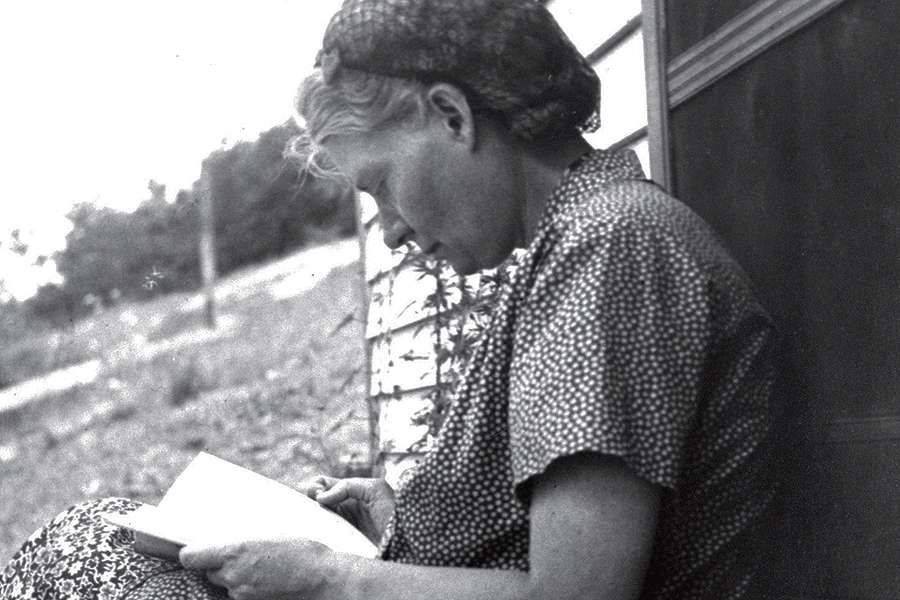New York City, N.Y., Mar 1, 2017 / 12:08 am (CNA/EWTN News).- Dorothy Day, the co-founder of the Catholic Worker Movement whose cause for canonization has been opened, is the subject of a new book by her own granddaughter, Kate Hennessy.
“My grandmother and my mother really thought carefully and closely about some pretty basic things that I think we have lost sight of,” Hennessy said. “One is: what am I meant to do, what is each of us meant to do, in terms of occupation and vocation? What skills can I offer the world? They both felt that that was so important.”
Day was also captivated by “this idea that we each have a role to play, that each are capable of doing something,” she said. “I think that’s very, very hopeful. In these times people are unsure of what to do — I mean the problem seems so big. My grandmother was saying [that] what we can do is so little, but that is what we are given to do. That’s only what we can do, so let’s move forward and do what we each think that we can do. That’s what I hope people will come away with from this story.”
Hennessy is the youngest of Day's nine grandchildren, through her daughter Tamar. She spoke to CNA about her book Dorothy Day: The World Will Be Saved by Beauty, a biography-memoir about her grandmother.
Born in Brooklyn in 1897, Day was baptized Episcopalian at the age of 12. She displayed signs at a young age of possessing a deep religious sense, fasting and mortifying her body by sleeping on hardwood floors. She was strongly influenced by Upton Sinclair's The Jungle, and she worked as a journalist for a socialist publication. She had a series of disastrous romances, and procured an abortion. She had a profound conversion, and had her daughter baptized as a Catholic. She was herself received into the Church in 1927.
She co-founded the Catholic Worker Movement with Peter Maurin in 1933, starting soup kitchens, farm communities, and a Catholic newspaper.She dedicated her life to aiding and advocating for the poor and leading a life characterized by voluntary poverty and works of mercy. Her legacy lives on today in some 185 Catholic Worker communities in the U.S. and around the globe.
The Catholic Worker was meant “to bring the word that the Church had a call among social action,” Hennessy reflected. Hennessy considers Day's profound influence on others to be the clearest evidence of her sanctity.
“So many people have said to me that when they met my grandmother, when they read her books, or when they worked at the Catholic Worker, that it had just changed their lives forever … What is my vocation, what should I be doing as an occupation? Or how should I be treating people, how should I be as a moral person?” Holy persons like Day “help us, they lead us to change our perception of reality, in a way, and become more engaged in the world.”
Hennessy recalled the beauty of a Catholic Worker Farm where she had spent summer breaks in upstate New York. She said Day had a powerful eye of observation and was able to see beauty anywhere. “One of the things that I think my grandmother was so good at, and really teaches us, is how she could see beauty anywhere. She would see beauty in a tree that was struggling to grow in the middle of the city. She could see beauty in any little bit of nature that she could see … or eating from a lovely plate that had been donated.”
That beauty can be found at the Catholic Worker houses, she said: “Just being able to invite people in, and set them down with a cup of coffee and a bowl of soup, is also a form of beauty.”

